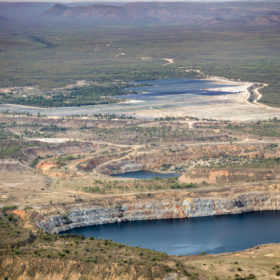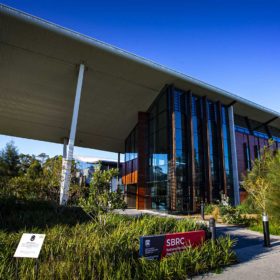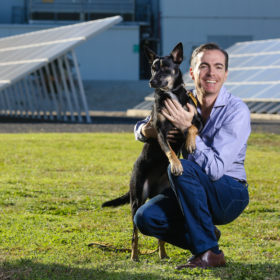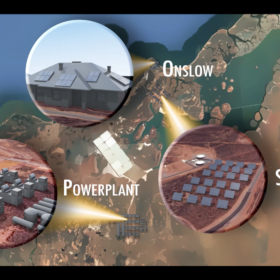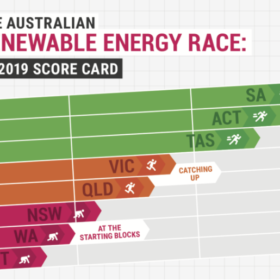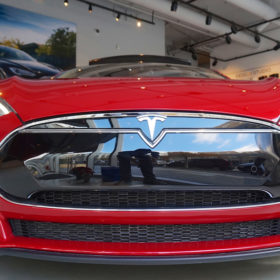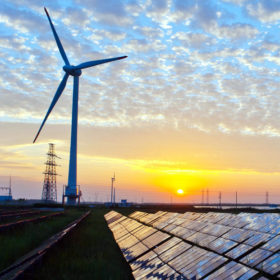Plan to go ahead as J-Power recommits to Kidston pumped hydro
The Kidston solar-pumped hydro project is back on its feet after Japanese utility J-Power and Genex Power renegotiated their deal with the extension of funding provided by the Northern Australia Infrastructure Facility Board earlier this month. The project had been thrown off-course after a shock decision by EnergyAustralia not to finalise a purchase agreement.
Clean energy must be rolled out six times faster
To have any hope of restricting global heating to a maximum of 1.5 degrees Celsius, the renewables success story which saw 108 GW of solar deployed last year needs to be cranked up to the next level – and fast.
Western Australia to consume its carbon budget 20 years too early, report finds
Under the business-as-usual scenario, Western Australia could use up its Paris-Agreement 1.5°C compatible carbon budget within 12 years but a massive ramping up of renewable energy capacity would unlock significant economic opportunities for the state, finds a report by Berlin-based science and policy institute Climate Analytics.
University of Wollongong sets benchmark for sustainable buildings in Australia
The University of Wollongong’s Sustainable Buildings Research Centre has become the first building in Australia to achieve full marks under the world’s toughest sustainability standard for buildings, the Living Building Challenge. With 468 solar panels to support net-zero energy, an onsite rainwater system to enable net-zero water performance, and use of environmentally safe and reused building materials, the building is a demonstration of the value of the research the SBRC team carries out.
Greenpeace to launch a campaign for 80 big brands to go 100% renewable
“With bushfires raging across the country, AGM season in full swing and increasing pressure on big business to clean up their act in the light of the climate crisis,” Greenpeace says the moment is right to encourage corporate commitment to 100% renewables.
Divide and conquer, Tesla’s electric Cybertruck breaks into ute-market
Tesla’s new electric ute, the Cybertruck, may not be the most beautiful of vehicles, but that doesn’t seem to have cost it any attention. The unveiling almost broke the Internet, and a couple windows really did break in the process.
WA town leading the way in renewable integration
The coastal town of Onslow in the Pilbara has had its much-anticipated standalone solar farm and battery completed this week, making it one of Australia’s largest distributed energy resource microgrids.
State of play: Leaders and laggards in Australia’s renewables race
South Australia has won this year’s state and territory renewables race, with the Australian Capital Territory and Tasmania hot on its heels. As the state governments continue to step up action on climate change, the Federal Government is acting as an obstacle to investment, finds the Climate Council.
New IPA report highlights the importance of an EV road tax
With the number of electric vehicles on Australian roads probably just scraping 6,000, Infrastructure Partners Australia says now is the perfect time to apply a road-use charge to EVs, to ensure all drivers are pulling their weight and the quality of Australian roads can be maintained.
Angus Taylor short-circuits dissent and narrows the scope on COAG debate
NSW Energy and Environment Minister Matt Kean stands as an example of what you can gain by playing nice with the Feds, and the country’s electricity reliability standard becomes the focus of national next steps in Australia’s energy transition…
